What is an Inshore Fishing Rod and How Does it Differ from Offshore Fishing?
Inshore fishing is a saltwater fishing activity that takes place close to shore. Anglers in inshore spots often stay within a few miles of the coastline. This area usually doesn’t exceed depths of 30 meters. Inshore waters are homes to fish like snapper, trout, and flounder. What is an inshore fishing rod? It is a specialized fishing rod designed for the unique conditions of near-shore environments. Unlike offshore rods, which are built for heavy-duty deep-sea fishing, inshore fishing rods are lighter, shorter, and more maneuverable. Their compact size and sensitivity make them ideal for targeting species such as redfish, trout, and flounder in shallow waters. The gear required for inshore fishing tends to be lighter and smaller compared to offshore fishing, prioritizing agility over brute strength to handle the dynamic, close-quarters action of coastal fishing.
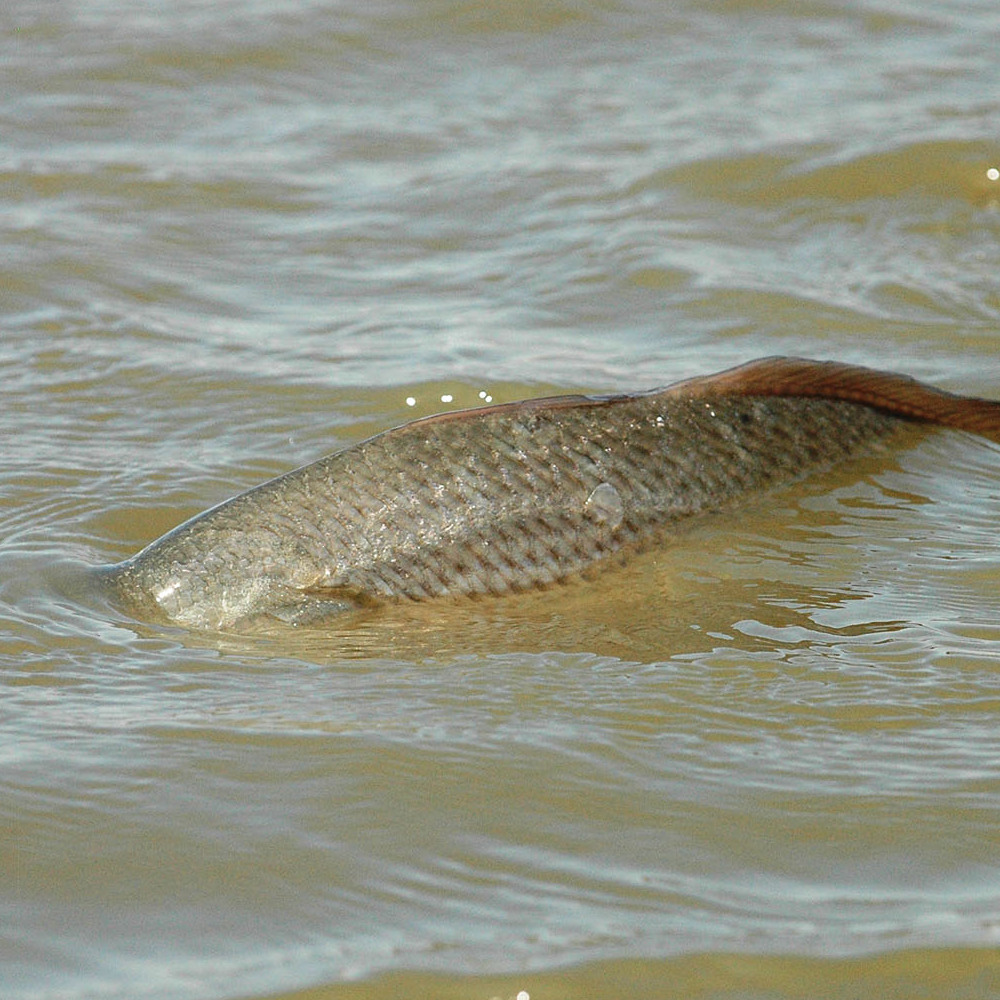
Offshore fishing, however, involves fishing in deeper waters. These areas may be many miles from land and can exceed depths of 30 meters. Here, anglers hunt for larger, pelagic fish such as tuna and marlin. For offshore fishing, anglers need larger boats equipped with heavy-duty gear.
To differentiate further, inshore fishing offers advantages like less travel time to fishing spots, and it’s considered suitable for all skill levels. Inshore fishing sessions can be just a few hours long. Offshore fishing, on the other hand, often requires more commitment. Trips might last a whole day or even overnight, given the travel distance.
When examining inshore vs offshore fishing, the choice boils down to personal preference and the type of fishing experience one seeks. Both inshore and offshore fishing provide unique challenges and rewards. Choosing the right one depends on the angler’s desired catch, time investment, and the thrill they seek on the water.
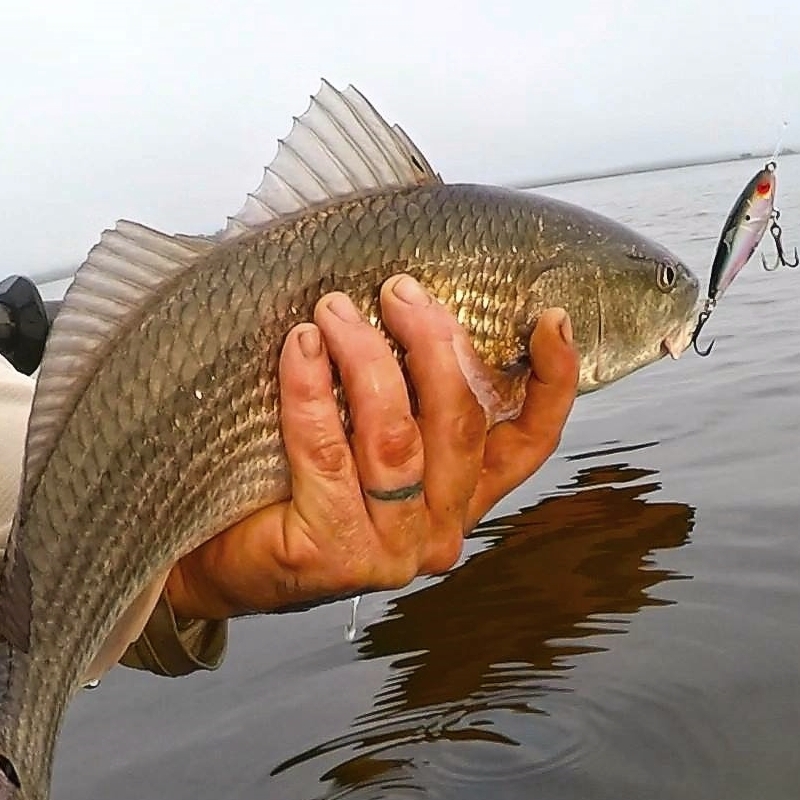
Understanding Inshore Fishing Rods: Features and Functions
Inshore fishing rods are specialized for shallow water. Their design balances strength, sensitivity, and flexibility. Anglers aim for a rod that is nearly seven feet long. This size provides optimal control and enhances casting precision.
The power of these rods usually falls into a medium-light to medium range. This power level is perfect for the typical inshore fish species. It allows for effective lure presentation and strong hook sets.
Features like comfortable grips and corrosion-resistant materials are critical. They help withstand the saltwater environment. These features also ensure comfort during long fishing sessions. The rod material often includes quality graphite. This material offers a mix of durability and sensitivity.
Function-wise, inshore rods must perform well with different lures and baits. They should manage light to moderate weight with ease. Many rods also have fast action tips. This design helps detect even the slightest nibble from the fish.
Overall, inshore fishing rods cater to a unique environment. Anglers must choose rods that deal with shallower waters and changing conditions efficiently.
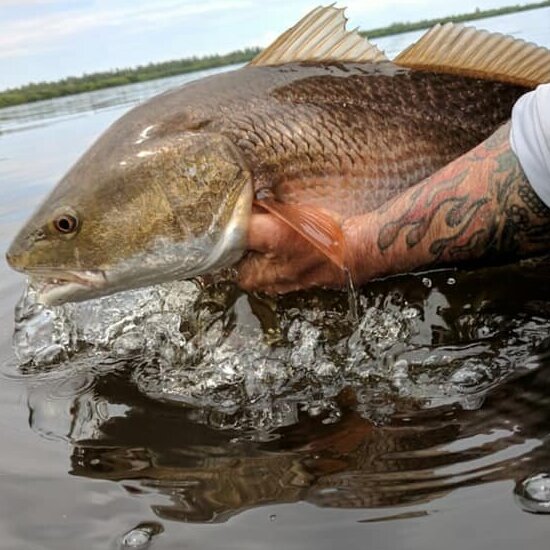
Selecting the Best Inshore Rod: Length, Action, and Power
Choosing the right inshore fishing rod can enhance your fishing experience significantly. Let’s consider length, action, and power, which are critical factors for inshore rods.
Length
For the best control and casting accuracy, select a rod that’s about 6.5 to 7 feet long. This range is ideal for reaching into tight spots near the shore and ensuring your bait lands where fish are feeding.
Action
Medium-action rods are perfect for inshore fishing. They provide a good balance, allowing for strong casts and the finesse needed to handle a light bite. The bend in the rod helps absorb the shock during a fight with the fish.
Power
Go with medium-light to medium power rods for most inshore fishing situations. These rods handle lightweight lures well and provide the backbone needed to set the hook properly. They work great for a variety of inshore species.
Keep these guidelines in mind, and you’re on your way to selecting an inshore fishing rod that could become your favorite piece of gear on the water.
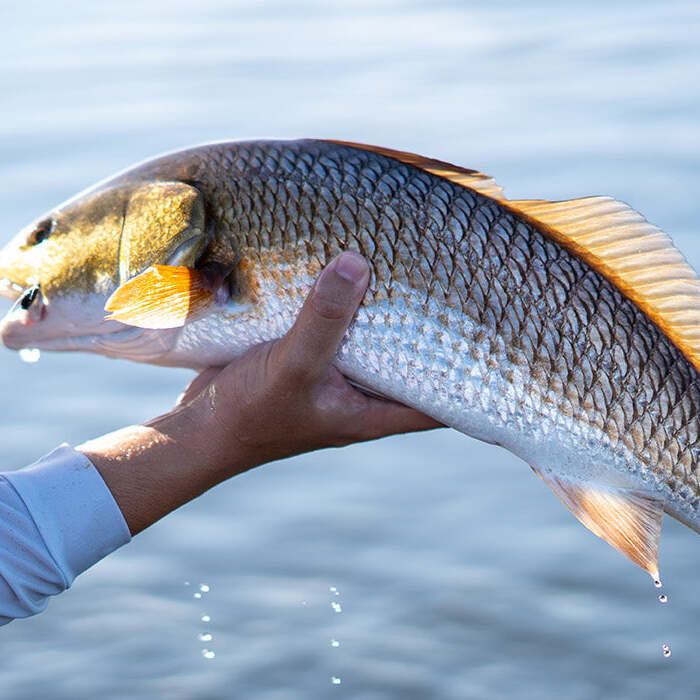
The Importance of Rod Material and Corrosion Resistance in Saltwater
When choosing an inshore fishing rod, material matters. A good rod withstands the harsh saltwater environment. Saltwater can corrode gear quickly. Rods made of high-quality graphite or fiberglass are best. They resist corrosion and last longer. Graphite rods offer sensitivity to feel light bites. Fiberglass rods provide durability for larger catches. Both materials handle saltwater’s corrosive nature. Look for rods with corrosion-resistant coatings too. These add extra protection against wear and tear. Some rods have stainless steel guides. These resist rust better than other materials. Handles should also be durable. Quality cork or EVA foam grips resist damage from salt and sun. Gear crafted with these considerations stands the test of time. It keeps you casting and catching for many seasons. Remember, the best inshore fishing rod combines strength, flexibility, and corrosion resistance.
Top Picks for Inshore Fishing Rods: Brands and Models
Selecting the right inshore fishing rod is crucial for a successful day on the water. Quality brands and models can make a significant difference in your fishing experience. Here are some top picks for inshore fishing rods that are well-regarded in the angling community:
- St. Croix Mojo Inshore: St. Croix rods are known for their durability and performance. The Mojo Inshore series offers fast action and medium-heavy power, which is great for catching a variety of fish species. These rods come with premium quality SCII graphite and feature comfortable dual-grip cork handles.
- Daiwa Aird Coastal Inshore: With cork handles and titanium oxide guides, Daiwa Aird Coastal rods provide strong, sensitive casting. The ergonomic design and light weight make it easier for anglers to fish for longer periods without fatigue.
- Okuma Nomad Xpress: Ideal for traveling anglers, the Nomad Xpress breaks down into three pieces and includes a waterproof carrying case. It features a graphite blank for easy handling and double-grip EVA handles for comfort during long fishing sessions.
- Ugly Stik Elite Spinning Rod: A budget-friendly option, Ugly Stik rods are known for their toughness and reliability. The Elite series offers added sensitivity without sacrificing strength, suited for various inshore fishing conditions.
- Penn Battalion Inshore Spinning Rod: Penn’s Battalion series delivers superior performance with graphite composite blanks and Fuji aluminum oxide guides. These rods offer a blend of power and action for diverse inshore fishing tactics.
Each of these models brings something unique to the table, whether it’s sensitivity, durability, or versatility. Consider the type of fish you’re targeting and the conditions you’ll be fishing in when choosing a rod. Quality equipment from trusted brands can significantly enhance your inshore angling experience.
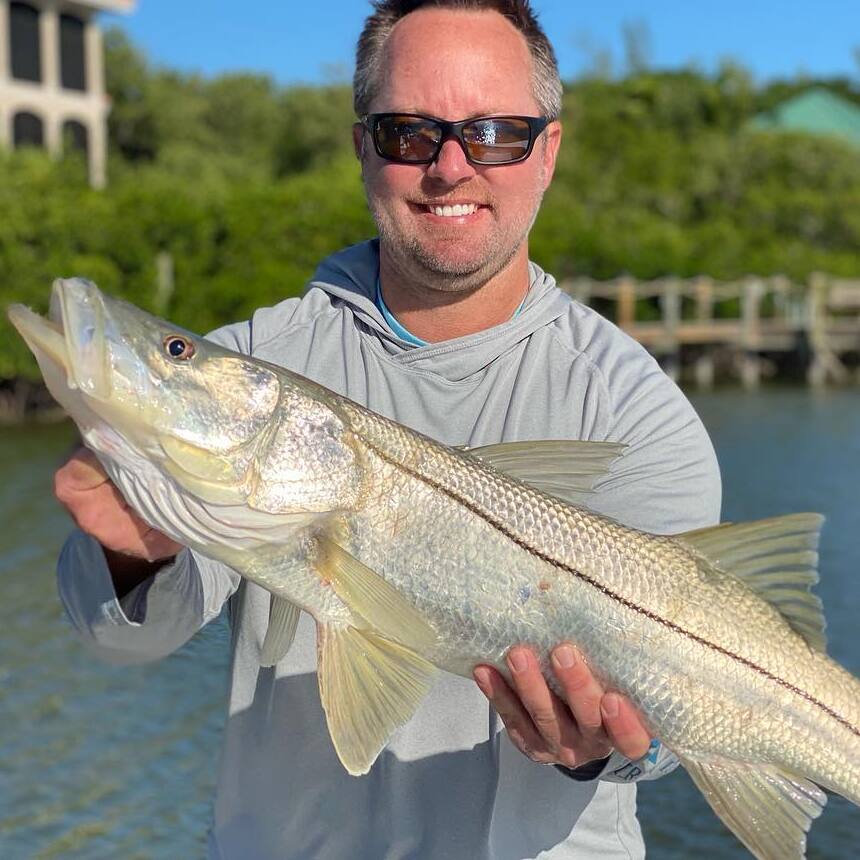
Inshore Casting Rods for Various Types of Fish
Choosing an inshore casting rod depends on the fish you’re after. Different species require varied tackle strengths, sizes, and styles. Here’s how to match rods to popular inshore fish types:
Snapper and Trout
For smaller species like snapper and trout, medium-light rods work well. These rods are about 6.5 to 7 feet long, perfect for precise casting. They allow for smooth lure presentation. Look for sensitive tips to detect light bites.
Redfish and Flounder
Redfish and flounder often lurk near the bottom. A medium-power rod with fast action is ideal. It provides enough strength to handle these fishes’ weight. Also, it helps feel the fish nibbling on the bait.
Tarpon and Snook
These larger inshore species need stronger gear. Medium-heavy rods that are 7 feet long give the leverage required. Such rods offer the power and control needed for the initial strike and the ensuing battle.
Striped Bass
For striped bass, use a rod that can handle heavier lures and lines. This will increase your chances of landing a big one. Medium-heavy rods with good sensitivity to feel the bite are optimal.
Choosing the right rod enhances your success rate. Match the rod action and power to the typical fish size and weight in your chosen fishing area. This strategy will prepare you for most inshore fishing scenarios and boost your catch counts.
Gear and Equipment Recommendations for Inshore Anglers
When preparing for inshore fishing, having the right gear is key. Here are recommendations for inshore anglers to help you choose the best equipment for a successful outing.
Essential Rod Features
Go for rods around 6.5 to 7 feet in length, ideal for casting accuracy. Opt for medium-light to medium power for handling a variety of fish. Medium-action rods offer a good bend, aiding in both casting and fighting fish. Ensure your rod has good sensitivity to feel light bites, yet enough backbone for strong hook sets.
Reels and Line Types
Choose spinning reels that match your rod’s power and action. Look for reels with smooth drag systems, capable of handling 25 to 30 pounds of pressure. Use braided or monofilament lines that suit the targeted fish species. Pick lighter lines for smaller fish and heavier ones for larger catches.
Lures and Baits
Select lures that mimic the local prey of your target species. Soft plastics, jigs, and popping corks work well for inshore fishing. For live baits, use shrimp, crabs, or small fish, appealing to a wide range of inshore species.
Tackle and Accessories
Invest in a tackle box to keep your gear organized. Include assorted hooks, swivels, and leader material for quick changes. Don’t forget a pair of pliers for unhooking fish and cutting line. A landing net can be handy for securing catches safely.
Personal Gear
Dress in layers and use sunscreen for protection against the elements. Wear a hat and polarized sunglasses for better visibility in the water. Bring along a waterproof bag for your personal items and electronics.
By equipping yourself with the appropriate gear, you’ll maximize your chances of a fruitful inshore fishing trip. Remember, each item plays a role in creating an enjoyable and successful fishing experience.
Maintaining Your Inshore Fishing Rod for Longevity and Performance
To ensure your inshore fishing rod lasts through countless trips, proper care is essential. Here’s how to maintain your rod for the best performance over time:
Clean Your Rod After Each Use
Saltwater is harsh on fishing gear. Rinse your rod with fresh water after every outing. This removes salt and prevents corrosion.
Inspect for Damage Regularly
Check your rod for cracks, splits, or signs of wear. Look closely at the guides and the reel seat. Make small repairs before they turn into big problems.
Store Correctly
When not in use, keep your rod in a dry, cool place. If possible, hang it horizontally on a rack to avoid bending or warping.
Apply Protective Coatings
Periodically apply a rod protectant or wax. This adds a layer of defense against the elements. Use protectants that are designed for fishing rods.
Handle with Care
Avoid high drops or knocks. Treat your rod gently to prevent unexpected damage. Use a rod cover when transporting it to and from your fishing locations.
Keep Connections Tight
Ensure all threaded connections on multi-piece rods are secure. This reduces the risk of the rod coming apart when casting or fighting a fish.
Lubricate Moving Parts
For rods with reel seats and moving parts, use appropriate lubricants. This keeps them functioning smoothly and extends their life.
Maintaining your inshore fishing rod doesn’t take much time but it does require diligence. Regular care keeps it in top condition, helping you to enjoy successful fishing for years to come.
